The biggest obstacle for a small trail or historic preservation group to assume ownership of a historic bridge is usually funding. They operate on lean budgets and do not always have the extra resources to purchase, rehabilitate and maintain a historic bridge. However, a success story is in the making with the transfer of the Watts Mill Bridge from PennDOT to the people of Beaver County.
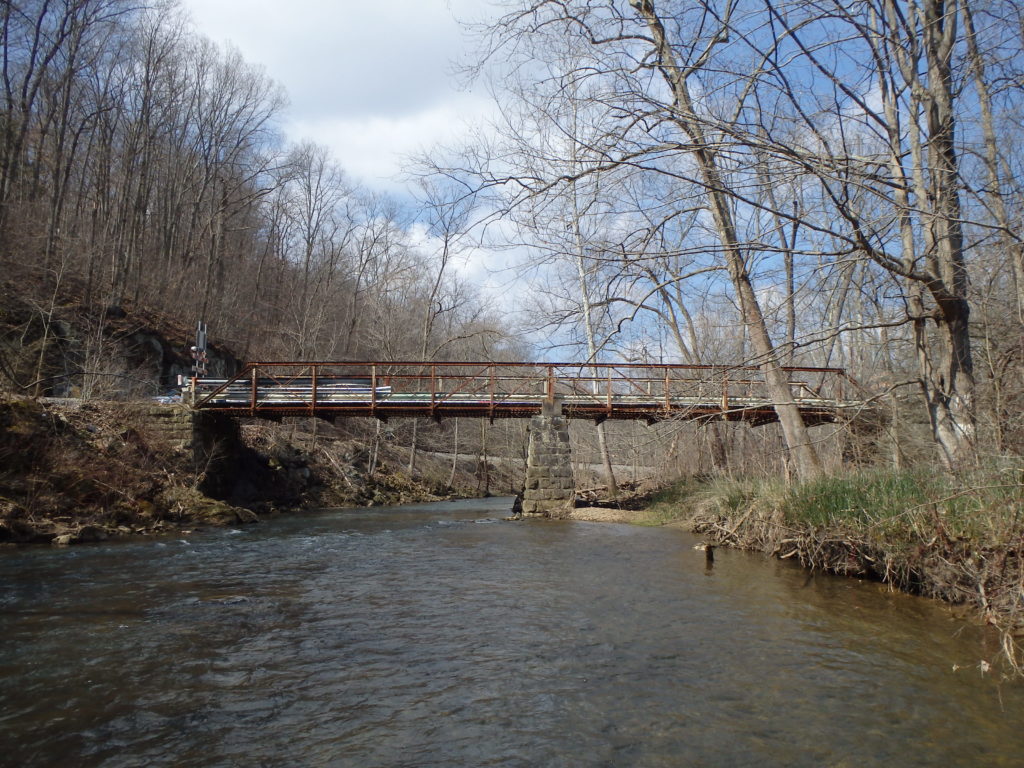
Beginning in the mid-1990’s, PennDOT undertook a study to address the crossing of the Watts Mill Road over the North Fork of the Little Beaver Creek in northwestern Beaver County. PennDOT looked at rehabilitating the Watts Mill Road Bridge or bypassing the bridge and constructing a new upstream crossing to address concerns with the geometry of the approaches at the existing location. That project was eventually put on hold and minor maintenance measures were undertaken to keep it open to vehicular traffic. Except for a few short-term closures, the Watts Mill Road Bridge remained in use until it was closed to all traffic in November 2012.
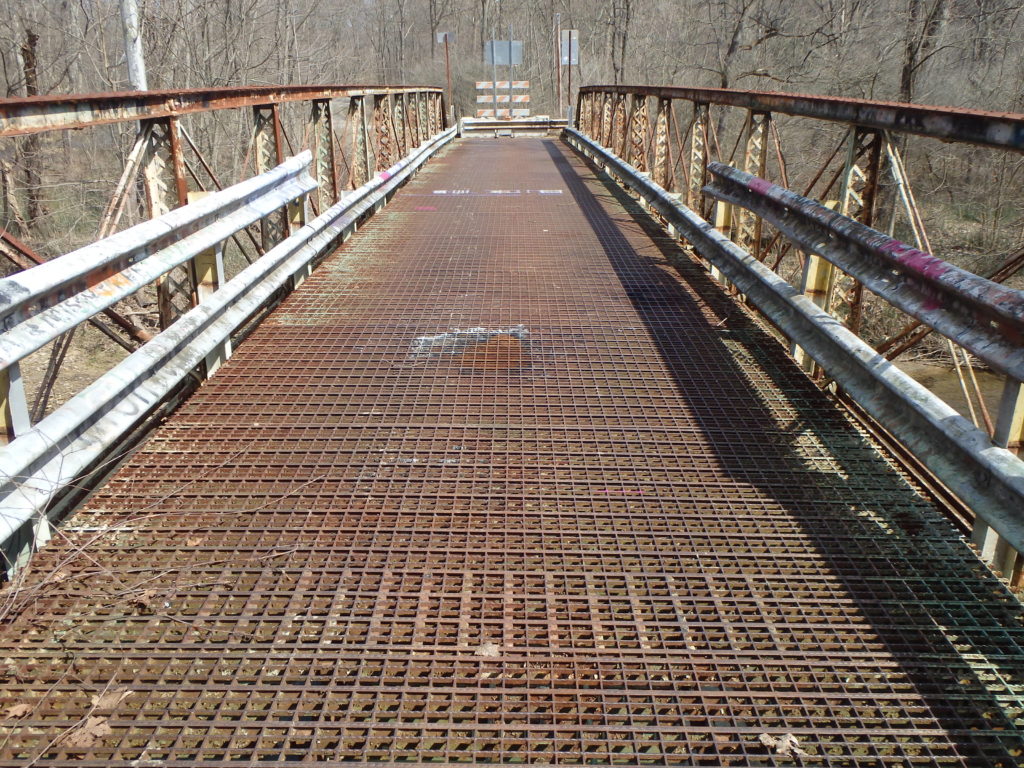
The Watts Mill Road Bridge was constructed in 1878 by the West Penn Bridge Company of nearby Beaver Falls, Pennsylvania. The bridge was listed on the National Register of Historic Places in 1988 for its engineering significance as an early and rare example of a pin-connected, two-span Pratt pony truss. A very notable feature of the bridge is the use of a center vertical post which illustrates period thinking about the design of multi-span metal truss bridges.
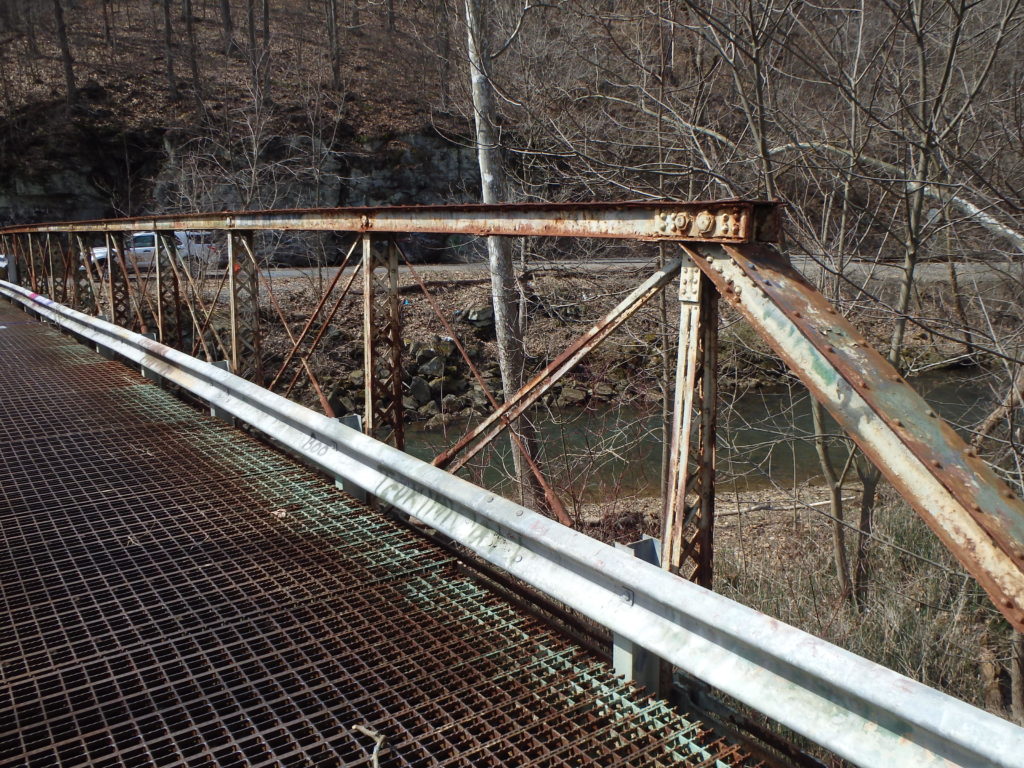
As the owner of the Watts Mill Road Bridge, PennDOT needed to make a decision: rehabilitate, replace or remove the bridge. Ultimately, PennDOT determined that there was not a need to maintain a vehicular crossing at this location and decided to plan for the removal of the bridge by the end of 2018. The Little Beaver Historical Society was aware of the historical importance of the bridge and the impact loss of the bridge would have to the area. The historical society took a proactive approach by first contacting State Representative Jim Marshall to inquire about the disposition of the bridge.
In January 2018, PennDOT held a meeting which was attended by the PHMC, the Little Beaver Historical Society, Beaver County Historical Research & Landmarks Foundation (BCHRLF), North Country Trail Association and State Representative Marshall. Discussion revolved around PennDOT’s decision to remove the bridge, and PennDOT explained the process by which the bridge could be acquired by a third party for adaptive use. While no final decisions were made on the fate of the Watts Mill Road Bridge, the meeting resulted in the formation of an informal committee who would continue to explore an alternative to the permanent loss of the bridge. Brenda Applegate, Executive Director of BCHRLF, led the effort.
Throughout the Spring of 2018, the group met with PennDOT several times to come up with a way to save the Watts Mill Road Bridge from demolition. Officials from Beaver County and the adjacent townships (Darlington and South Beaver) joined the conversation. The group had an ardent desire to keep the Watts Mill Road Bridge within Beaver County and preferably at its original location. BCHRLF and Little Beaver Historical Society were very active in promoting the history and historic resources of Beaver County, yet both organizations had limited staff and funds to take on ownership and maintenance of a bridge. The bridge would enhance the North Country Trail Association’s trail connectivity, but a project this size was beyond their means. As the group continued to talk and consult, the fate of the Watts Mill Road Bridge started to look bleak because of the many challenges involved, not the least of which were the estimated $1 million dollars needed to rehabilitate the bridge, even for pedestrian use, and the need to identify a party willing to own the bridge.
Mark Young, PennDOT District 11-0 Environmental Manager, devised a plan to provide preservation assistance to a potential new owner of the Watts Mill Road Bridge. The amount to be made available would be based on the costs PennDOT would incur to design a demolition plan, including environmental review as part of preliminary engineering, to pay a contractor to remove the bridge, and to fund a mitigation effort commensurate with the loss of a significant historic bridge. Mr. Young made the pitch to an internal PennDOT team, and Cheryl Moon-Sirianni, District Executive for 11-0, approved that up to $500,000 could be used as preservation assistance.
Ms. Applegate organized a planning meeting on June 7, 2018 with the purpose of trying to get one step closer to determining a local owner for the Watts Mill Road Bridge. The Beaver County Commissioners were invited to the meeting, with Daniel Camp accepting the invitation. Julie Bowers, Executive Director of the organization “Workin’ Bridges”, a non-profit historic bridge preservation organization out of the state of Iowa, was invited to attend. Ms. Bowers spoke to the group about the mission of Workin’ Bridges, the assistance their organization could provide, and a general plan to save the bridge was devised. Of particular interest to the group was the fact that Workin’ Bridges could take temporary ownership of the bridge, although a final owner still had to be determined. Within weeks, Workin’ Bridges was contracted to provide a cost estimate to rehabilitate the Watts Mill Road Bridge for pedestrian use.
The estimate provided by Workin’ Bridges for the rehabilitation of the bridge came in $16,000 less than the preservation assistance allocated by PennDOT. With that good news, the group focused their attention on finding a local owner for the bridge, while PennDOT proceeded with auctioning the bridge through the Pennsylvania Department of General Services (DGS), as is required by state law. Beaver County emerged as a logical choice to own the bridge because the county already had resources in place which would ensure future maintenance of the structure. Additionally, the Watts Mill Road Bridge was an important cultural asset for the citizens of Beaver County.
On September 27, 2018, the Beaver County Commissioners passed Resolution 092718-33 whereby they agreed to enter into a Memorandum of Agreement with The North Skunk River Greenbelt Association (the parent organization of Workin’ Bridges) to assume ownership of the Watts Mill Road Bridge after restoration and inspection of the bridge was completed. Meanwhile, the transfer of ownership from PennDOT to Workin’ Bridges through DGS was underway.
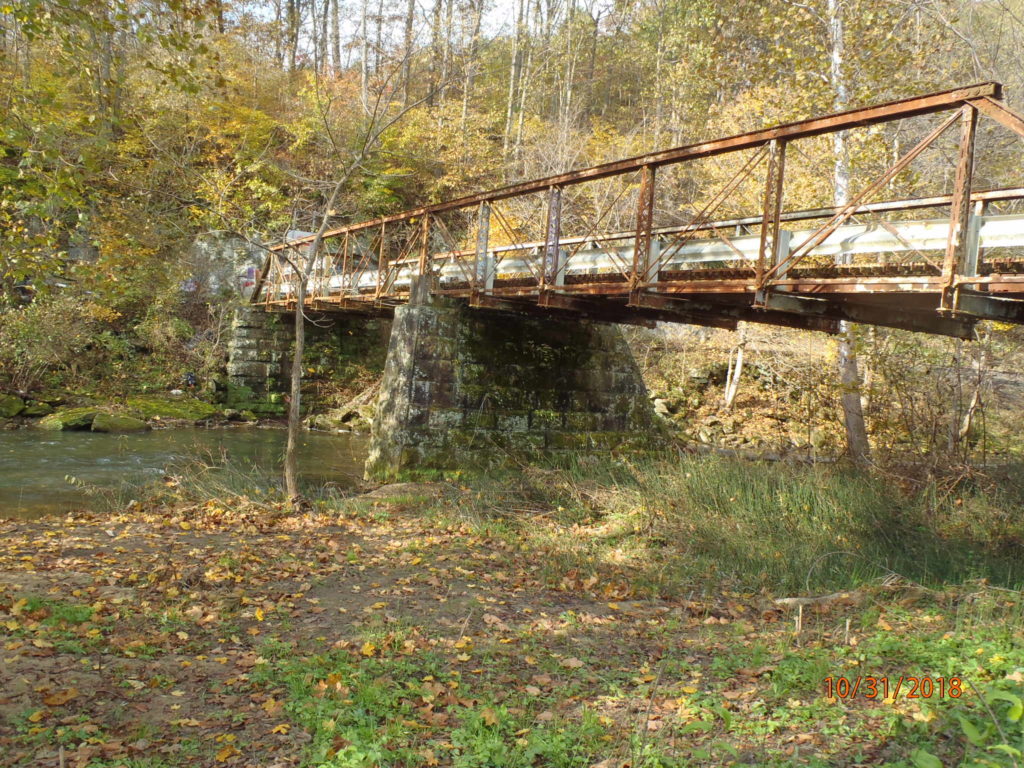
With the successful transfer of the Watts Mill Road Bridge to Workin’ Bridges in October 2018, PennDOT was presented with the unusual situation where the preservation funds were being requested prior to completion of the project, or a portion of the project. Under normal circumstances, the work is completed first and then reimbursement for those expenditures occurs. However, Workin’ Bridges, being a non-profit organization, did not have the funds to front the work. PennDOT’s Office of Chief Counsel determined that a portion of the preservation funds could be disbursed to Workin’ Bridges under the auspices of Chapter 19 of the Commonwealth Procurement Code. A reimbursement agreement was executed on November 27, 2018 providing an initial payment to Workin’ Bridges and allowing them to move forward with dismantling of the bridge.
Due to weather challenges by December, Workin’ Bridges was not able to dismantle and transport (for off-site restoration) the Watts Mill Road Bridge. Dismantling of the bridge began during the last week of March 2019. Although another issue emerged in April which has delayed the completion of the dismantling, that work is expected to continue in the coming weeks, followed by restoration in the summer of 2019, with plans to reinstall the Watts Mill Road Bridge by the end of this year.
Perseverance from Workin’ Bridges, the county and the community will save the Watts Mill Road Bridge and give it a new life as a pedestrian crossing at the original site where it was built. PennDOT devised an innovative plan to fund the preservation of a historic bridge and worked with the community to realize their goal. Beaver County, in its willingness to take final ownership, is helping to preserve a piece of its past, not only for its citizens, but also for everyone who appreciates history and engineering technology. Lastly, the knowledge and expertise of Workin’ Bridges came at the right moment to effect a positive outcome for the Watts Mill Road Bridge.
Today’s Guest Author is David Anthony, Historic Preservation Specialist with PennDOT District 11.
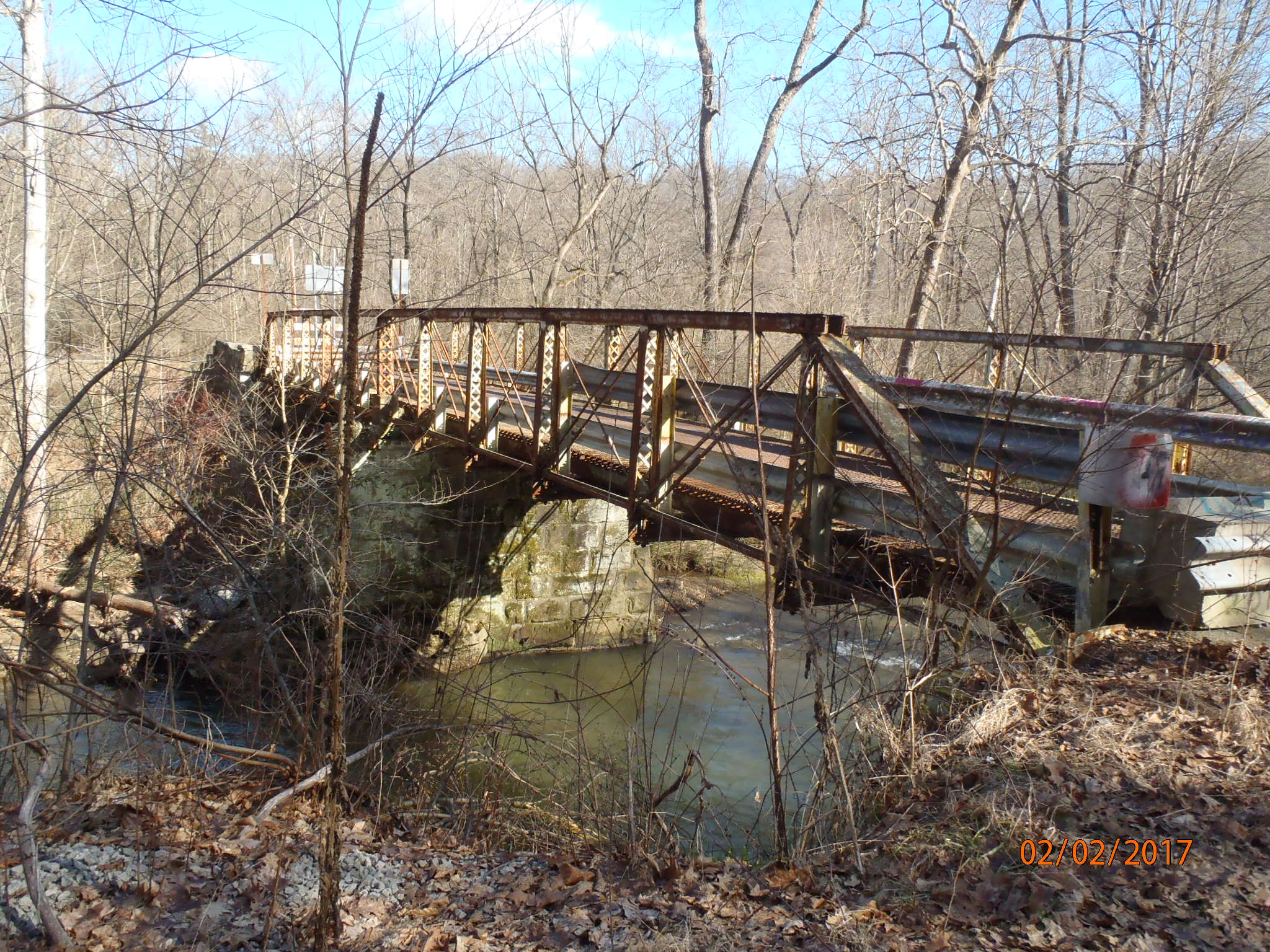
Great success story to preserve our historic bridges. Need to add Sheepford Bridge to this final outcome. Preservation is possible. We just need to collectively work together to make it happen
That bridge should have car traffic still for emergency
The Watts Mill Bridge was returned to the site as a pedestrian bridge in March https://www.facebook.com/WattsMillBridge?mibextid=ZbWKwL.